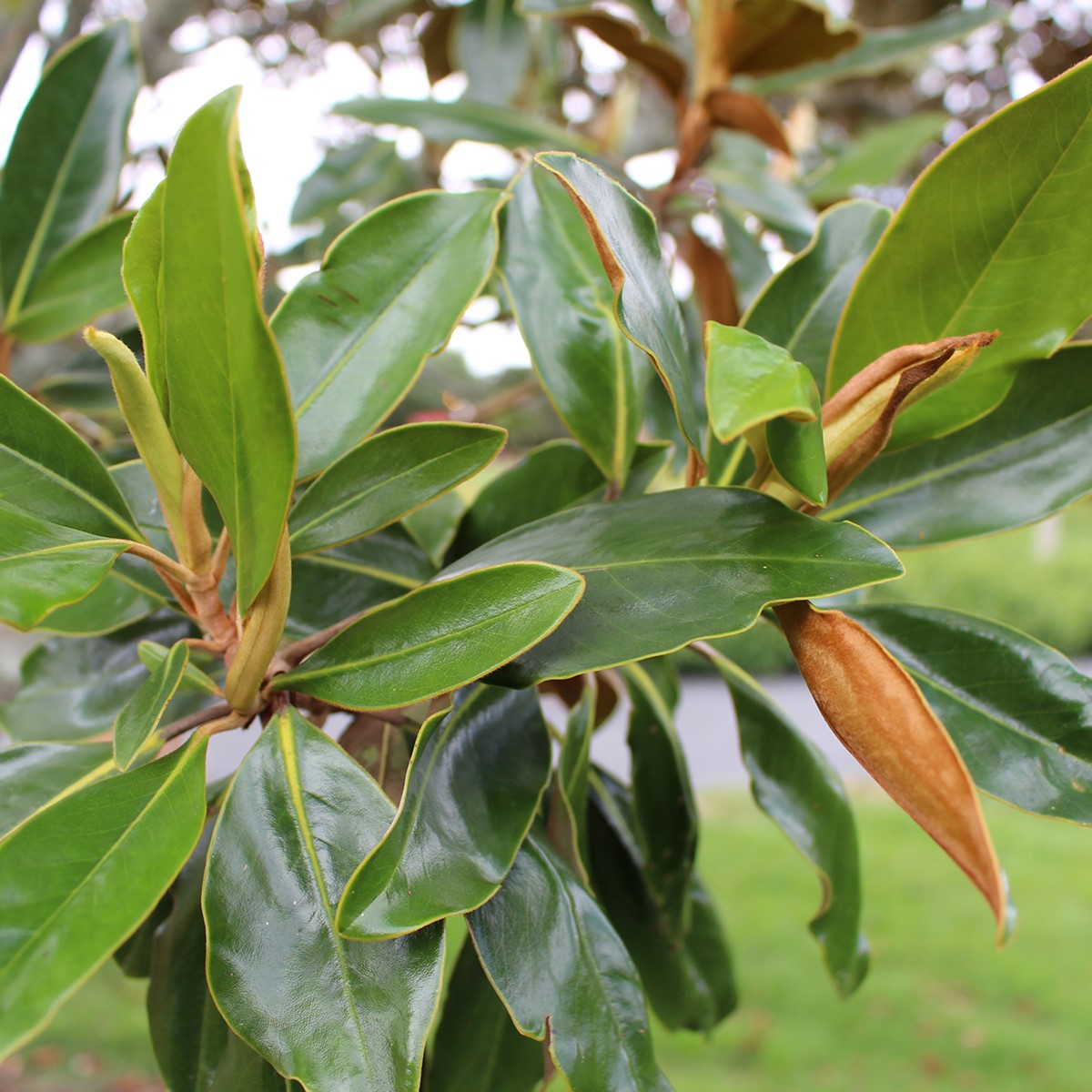Physical characteristics
An
Flowers and foliage
Bright pure
Preferred site
Plant in
Preparation for planting
Always choose healthy, well grown
Before planting ensure the root ball is saturated and remove the planter bag or pot with minimal root disturbance. Trim any broken roots and plant at the same level as in the container. Dig a hole twice the diameter of the root ball and firm in and water once planted. Make sure
Provide a climbing structure to support the growth of this plant.
Maintenance tips
Mulching
The first summer and autumn after planting is critical for young
Location at Auckland Botanic Gardens
Children's garden
Interesting facts and tips
The name for the genus honours the Swedish naturalist, Carl Peter Thunberg, who was a student of Linnaeus and spent several years botanizing the Cape of Good Hope.


.jpg?anchor=center&mode=crop&width=1200&height=800&rnd=131732824115330000)
.jpg)
.jpg?anchor=center&mode=crop&width=1200&height=1200&rnd=131732822304530000)

.jpg?anchor=center&mode=crop&width=1200&height=1200&rnd=132106949760530000)
 .jpg?anchor=center&mode=crop&width=1200&height=1200&rnd=131732822977030000)